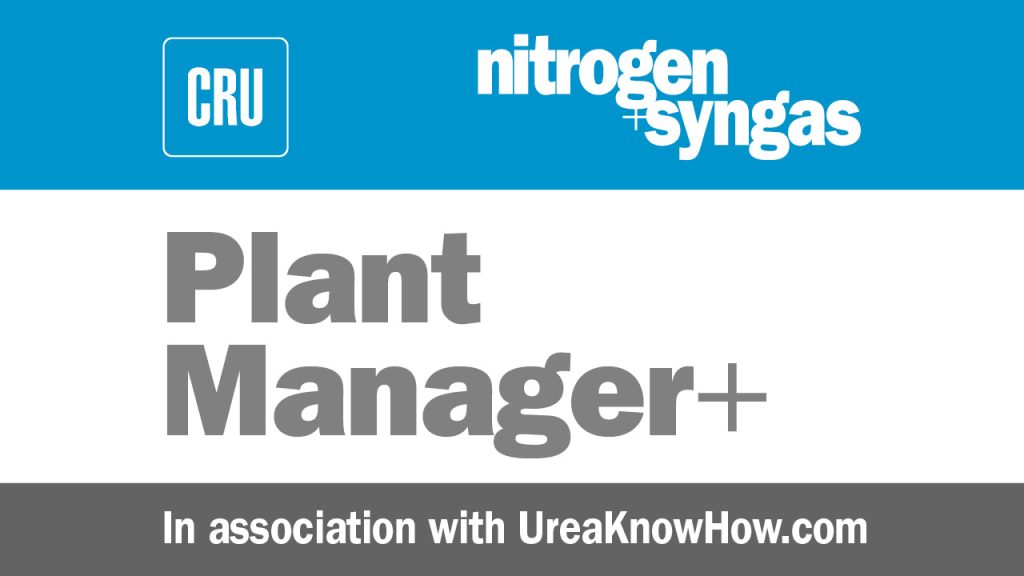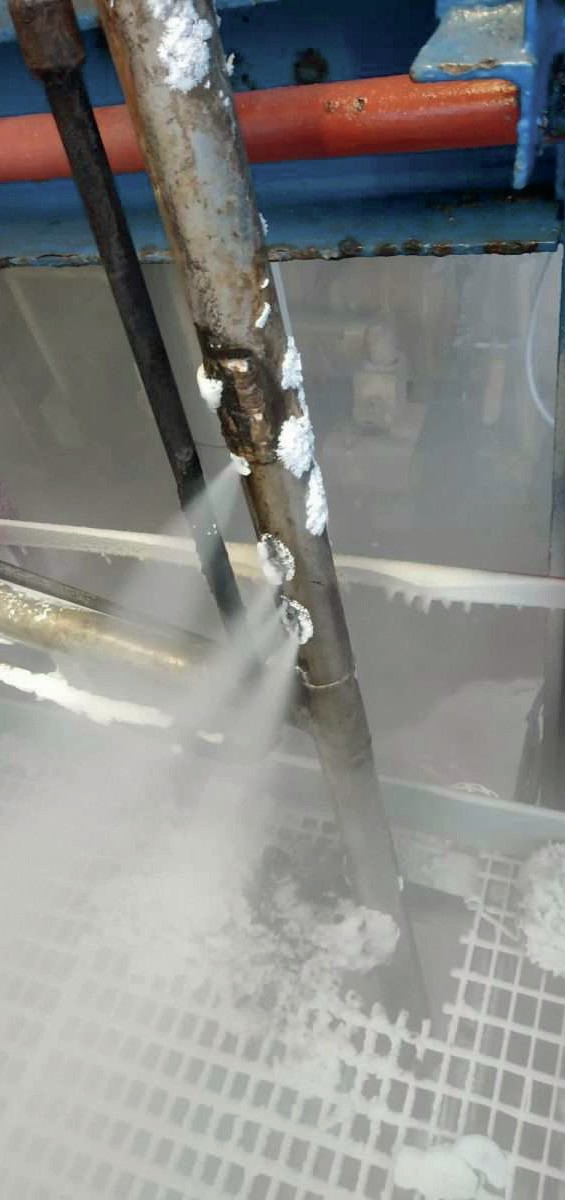Nitrogen+Syngas 384 Jul-Aug 2023

31 July 2023
Problem No. 68: Chloride stress corrosion cracking risks in urea plants
Avoiding chloride contamination is critical in urea plants, not only from the process and utility side but also from the atmospheric side. The applied stainless steels in urea plants are susceptible to detrimental failure modes when chlorides and moisture are present. This UreaKnowHow.com Round Table discussion provides several examples of failures and important prevention measures relating to chloride stress corrosion cracking risks in urea plants.
Krzysztof Czachor of Grupa Azoty Zakłady Chemiczne Police in Poland kicks off this round table discussion: I am wondering about a certain issue related to the corrosion of stainless steel in urea plants. Half a year ago, we installed a heating system for pipelines used to empty the synthesis system during maintenance shutdowns. The pipelines are about 40 years old, but since the installation of the heating system made of carbon steel, we have noticed numerous areas of thinning and damage along the route of the heating system installation. What are the possible causes in this situation? Can carbon steel contact with stainless steel cause numerous leaks?
Mark Brouwer of UreaKnowHow.com in the Netherlands replies: It is a common failure mode that when carbon steel tracing is in contact with stainless steel PLUS chlorides are present in the atmosphere (seaside, downwards cooling towers) PLUS moisture is present (bad state of insulation), that chloride stress corrosion cracking can occur in the stainless steel. The reactions are:

The lower pH caused by the formation of HCl, helps to accelerate chloride stress corrosion cracking of the stainless steel. Do you see cracks or thinning in the stainless steel?



Prem Baboo, urea expert (retired from NFL and Dangote Fertilizer) from India joins the discussion: Yes, carbon steel contact with stainless steel has caused numerous leaks, also due to galvanic corrosion. Carbon steels contain maximum iron which oxidises when exposed to the environment, creating rust. Acids (HCl and H2SO4) at some concentrations are particularly aggressive towards stainless steel. General corrosion can be quite destructive and happens to the entire surface at once during rain and sometimes acid rain.
Krzysztof replies: We have noticed many cracks (like pinholes) after installing tracing six months ago. Prior to that we had no such problems.
Mark provides some examples of pipeline failure: Photos (bottom left) show different examples of pipeline failures.
Imagine if this happened at a stainless steel nozzle of your high pressure urea synthesis equipment! Proper preventative measures need to be taken in the engineering, construction and maintenance phase. For example, during the engineering phase:
- Apply a protective coating on stainless steel in areas where chlorides and moisture are present in the atmosphere.
- Do not insulate if not necessary for reasons of process economics.
- Apply a water-tight finish of insulation jacketing.
- Insulation material should be free from nitrates and chlorides.
- Do not affix chloride-containing stickers to austenitic stainless steels at temperatures exceeding 50°C.
- Pay attention to aspects of construction such as material selection, crevice-free design, weld design, use of cover rings and the use of spacers during the installation of carbon steel steam trace lines.
Additional measures that should be taken for insulated vessels and pipework likely to develop atmospheric corrosion include: application of a protective coating, application of aluminum foil wrap for stainless steel piping and sheltering the equipment items.
For more information, refer to Corrosion and Materials Expert Mr. Giel Notten’s Corrosion Engineering Guide: https://fertilizer.academy/product/ntt-corrosion-engineering-guide-feb-2021/







